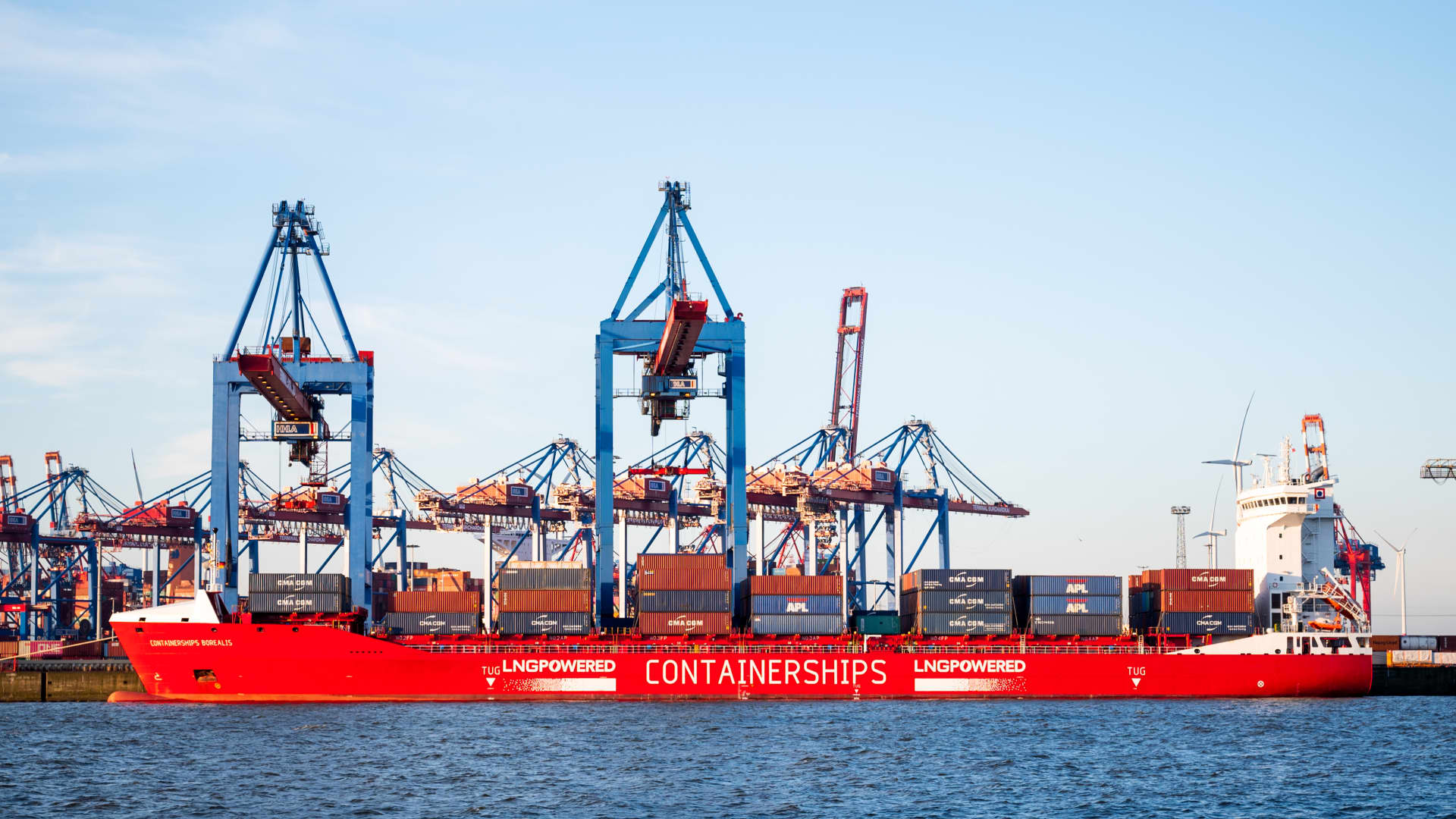The final phase of a development dubbed “the world’s largest offshore wind farm” is to use 14 megawatt versions of GE Renewable Energy’s huge Haliade-X turbine after a contract for their supply was confirmed.
In an announcement Tuesday, GE said a service and warranty contract had also been finalized. All in all, 87 of its Haliade-X 14 MW turbines will be used at Dogger Bank C, a 50-50 joint venture between SSE Renewables and Equinor that will have a capacity of 1.2 gigawatts.
This week’s news follows on from an announcement at the end of last year that revealed GE’s renewable energy division had been chosen as the preferred turbine supplier for Dogger Bank C.
Dogger Bank C is part of the larger Dogger Bank Wind Farm and will complement Dogger Bank A and Dogger Bank B. The latter two projects are owned by SSE Renewables, Equinor and Eni, who have stakes of 40%, 40% and 20% respectively. Between them, Dogger Bank A and B will use 190 of GE’s Haliade-X 13 MW turbines.
The scale of the Haliade-X turbine is considerable. It will have a tip-height of 260 meters (853 feet), 107-meter long blades and a 220-meter rotor.
It is one of several large wind turbines now in development. In February, Vestas revealed plans for a 15 MW turbine. Another company, Siemens Gamesa Renewable Energy, is working on a 14 MW model, the SG 14-222 DD, which can also be boosted to 15 MW if required.
Major projects, major goals
The Dogger Bank Wind Farm will be situated off the coast of northeast England in the North Sea and have a total capacity of 3.6 GW. When fully up and running, it will be able to power millions of homes per year. Those behind the project have repeatedly described it as “the world’s largest offshore wind farm.”
SSE Renewables will oversee construction and delivery of the facility, with Equinor — better known as an oil and gas major — taking responsibility for operations.
If all goes to plan, Dogger Bank C’s turbines will be installed in 2025, with the entire project being completed by 2026. According to GE, an estimated 470 new jobs could be generated to support the Dogger Bank development.
The U.K. is home to a mature offshore wind sector that looks set to expand in the coming years, with authorities targeting 40 GW of capacity by 2030. The European Union, which the U.K. left in January 2020, is targeting 300 GW of offshore wind by the middle of this century.
Across the Atlantic, the U.S. has a long way to go to catch up with Europe. America’s first offshore wind facility, the 30 MW Block Island Wind Farm in waters off Rhode Island, only started commercial operations in late 2016.
The U.S. sector did, however, take a major step forward last week after authorities gave the green light for the construction and operation of the 800 MW Vineyard Wind 1 project off the coast of Massachusetts.
The U.S. Department of the Interior described the development as “the first large-scale, offshore wind project in the United States.”
In March, the Departments of Energy, Interior and Commerce said they wanted offshore wind capacity to hit 30 gigawatts by 2030, a move President Joe Biden’s administration hopes will generate thousands of jobs and unlock billions of dollars in investment in the coming years.
Preliminary figures from the U.S. Energy Information Administration show that, for 2020, wind’s share of utility-scale electricity generation came to 8.4%.
By contrast, natural gas and coal’s shares were 40.3% and 19.3% respectively. Overall, fossil fuels had a 60.3% share while nuclear and renewables had shares of 19.7% and 19.8%.


